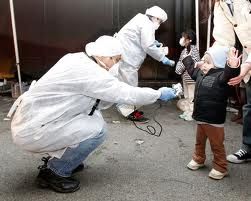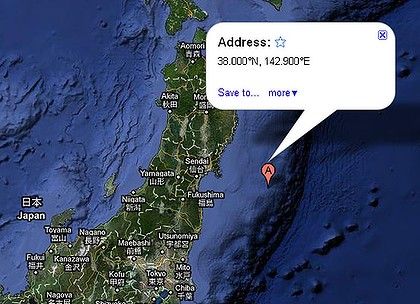On Jan 12, 2010, a devastating 7.0-magnitude earthquake struck the island nation of Haiti. The quake alone killed an over 300,000 people and left 1.5 million homeless. Ten months later a cholera epidemic broke out that has taken nearly 8,000 more lives. More than $9 billion has been donated from the public and private sectors to help rebuild. Yet three years later, there are still nearly 300,000 Haitians living in tents, the cholera epidemic is barely under control and the infrastructure is still a shambles.
‘Lack of national plan’ heightens struggle to rebuild unstable Haiti
by Mike Tran, The Guardian
Political instability, natural disasters and a cholera epidemic, plus a confused aid effort, mean there is still work for Haiti to do
For Father Kawas, who co-ordinated emergency response efforts in 2010 (video), several reasons lie behind the continued existence of tent cities where people swelter during the day and are soaked by evening rains.
But the main one is the government’s inability to acquire land from powerful families around the capital. “I think it’s difficult to rehouse these people because most of the land surrounding Port-au-Prince belongs to very powerful families and those families don’t want to give the land to the state to rehouse people. It’s a very big problem because those families are very powerful and they have many political resources so they can influence the decisions of the state.” [..]
Poverty was cited by Father Kawas as another reason why so many people remain homeless. “They don’t have enough money to rent a house, or to rebuild a house,” he says. “It is difficult for them because most of them don’t work, they have no jobs. NGOs cannot do everything. They cannot rehouse all the people in Haiti.” [..]
Haiti’s state institutions were fragile even before the earthquake and were weakened by the disaster. The Haitian government has received little in reconstruction funds as foreign governments have had little faith in its ability to handle the relief effort. That the government has yet to draw up a national reconstruction plan speaks volumes.
“The big problem for NGOs and for many actors in Haiti is the lack of a national plan for construction,” says Father Kawas. “The government speaks about that but right now, we don’t see this plan and we know that this plan is very important for the country, for the development of the country. For example, the NGOs are working separately, in isolation, and there is no co-ordination, there is no plan [from] the government, so for me it’s a real problem for the development of the country. And the international organisations do the same.”
Father Kawas acknowledges the difficulties in trying to strengthen his government, but urged aid agencies to provide training for public employees, as well as to help parliament and political parties.
“In Haiti, the public administration does not function, it’s a real problem. The government cannot put in practice its policies if the public administration does not function so it’s a real necessity for foreign governments to help the Haitian government find solutions.”
Haiti’s earthquake generated a $9bn response – where did the money go?
by Vijaya Ramachandran, The Guardian
Uncertainty about the scale and outcome of spending following Haiti tragedy highlights need for greater transparency
Saturday (Jan 12, 2010) marked the third anniversary of the tragic earthquake in Haiti that claimed between 230,000 and 300,000 lives. The grim landmark has prompted much discussion about the struggles surrounding reconstruction and also some hope about what may come next.
Most observers agree that the international response to the quake was overwhelming. Haiti received an unprecedented amount of support: more than $9bn (£5.6bn) in public and private donations. Official bilateral and multilateral donors pledged $13bn and, according to the UN Office of the Special Envoy for Haiti, almost 50% of these pledges ($6bn) have been disbursed. Private donations are estimated at $3bn.
Where has all the money gone? Three years after the quake, we do not really know how the money was spent, how many Haitians were reached, or whether the desired outcomes were achieved. In a policy paper published in May, and in a more recent blogpost, we unpacked the numbers, many of which came from the UN Office of the Special Envoy.
Three Years After the Quake, How the World Came to Save Haiti and Left Behind a Disaster
Three years after the devastating earthquake in Haiti, we’re joined by Jonathan Katz, author of “The Big Truck That Went By: How the World Came to Save Haiti and Left Behind a Disaster.” The earthquake on January 12, 2010, ultimately resulted in the deaths of roughly 300,000 people and left more than 1.5 million homeless in what was already the poorest country in the Western Hemisphere. A cholera epidemic, widely blamed on international U.N. troops, killed almost 8,000 people, making more than half a million sick. Today, despite pledges of billions of dollars in international aid, rebuilding has barely begun, and almost 400,000 people are still living in crowded camps. After four years of reporting in Haiti, Katz joins us to discuss where the reconstruction effort went wrong
Part 2: Jonathan Katz on How the World Came to Save Haiti After Quake and Left Behind a Disaster
There is hope for Haiti, despite what the critics say
There is still a long way to go.



 This is just coming in now that a
This is just coming in now that a
Recent Comments